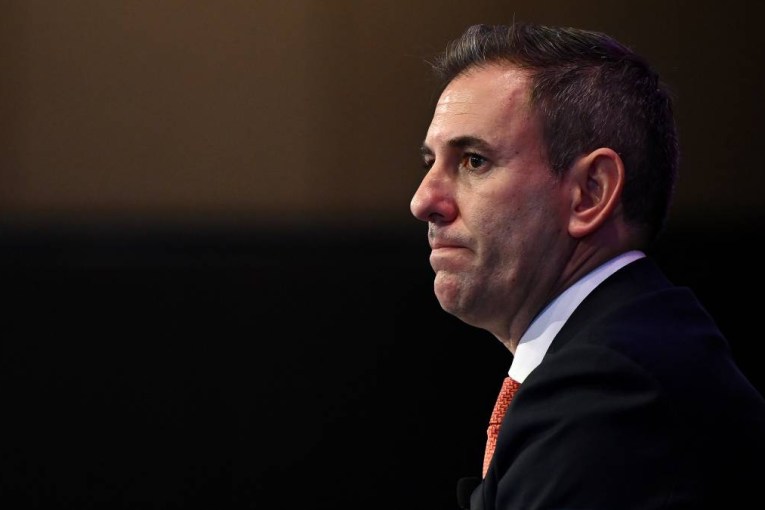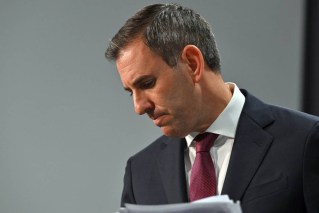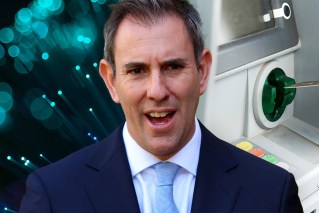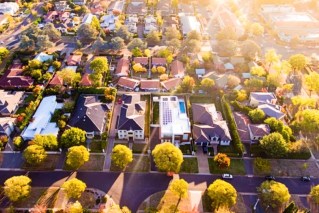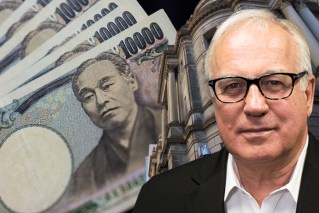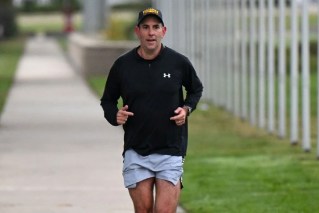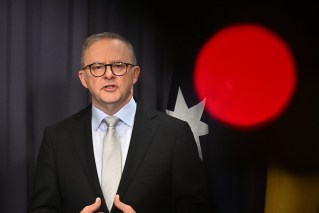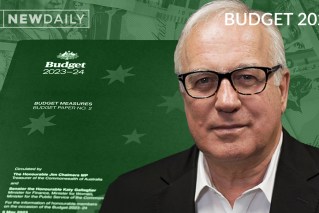Michael Pascoe: The Band-Aid Budget helps, but it’s no cure

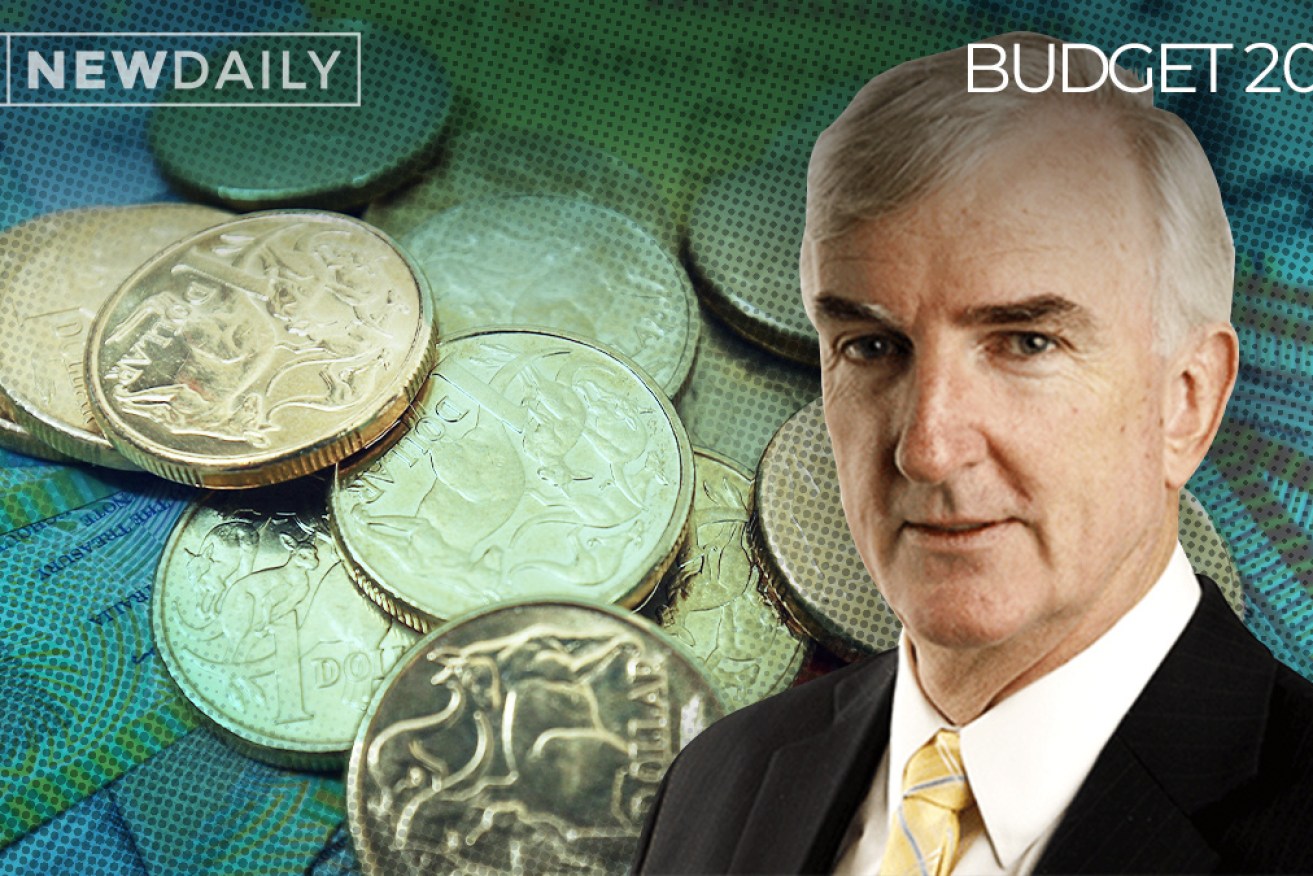
The budget fixes political problems, but there's nothing to boost living standards over the long term, writes Michael Pascoe. Photo: TND
The main job of budget watchers is to come up with a headline to capture the theme. My contribution: The Band-Aid Budget – slap it on where it hurts, it helps, but doesn’t provide a cure.
The areas causing the government political pain received cash – women, aged care – but buried in the budget papers’ fine print are acknowledgements that the key to building a stronger for longer economy is missing.
And the Band-Aids in Josh Frydenberg’s third budget are largely temporary, never mind all the rhetoric.
Two “I told you so” cases to prove the point:
- As predicted for this election budget, the government again extended the low-and-middle-income tax offset and Treasurer Frydenberg again had the hide to claim “over 10 million low‑ and middle‑income earners will benefit from a new and additional tax cut”.
If you’re extending a cut people already have, it’s hardly “new”.
Left unresolved is what happens when this extension expires – after the election.
- Also as predicted, the Sunday night/Monday morning media management of infrastructure spending expectations turned out to contain no new money at all.
“Tonight we make $15 billion in additional infrastructure commitments,” said the Treasurer – but it is just part of “building the infrastructure our economy needs for the future with our 10‑year, $110 billion investment pipeline”.
There might or might not be a little pull-forward of projects – especially given the speed with which the big headline projects move – but there’s certainly no increase in the federal government’s infrastructure spending over the decade. It remains a fraction of the states’ efforts.
The budget papers, not the Treasurer’s speech, disclose that the increase that does occur in “net capital investment from 2020‑21 to 2024‑25 largely reflects a significant investment in defence capital projects”.
Yep – things that go bang get real investment growth. Things that build a better Australia mostly don’t.
It is a good thing that the government didn’t pocket all the money delivered by the soaring iron ore price and the automatic stabilisers flowing from lower-than-expected unemployment and higher-than-expected tax collections, but there is still the reality of the Commonwealth’s contribution to the economy being substantially lower in the new financial year, as shown in this Treasury graph.
Australian Government expenditure
That reduced expenditure throws the pressure to maintain growth squarely on consumers.
After increasing our household consumption by 1.25 per cent this financial year, we’re supposed to spend like the proverbial drunken sailors for the next two years.
The budget (and election) is based on us rushing to spend 5.5 per cent more of our pent-up dollars next year and 4 per cent more again in 2022-23.
The problem with that is the increased spending is supposed to happen despite falling real wages.
In those two years, the wage price index is only expected to rise by 1.5 and 2.25 per cent respectively. Over the three years, the wage price index is forecast to be 1.5 per cent lower than the Consumer Price Index – and that’s before our tax and transfer system further lowers take-home pay.
Treasury amazingly claims we’ll be getting close to the Reserve Bank’s inflation target in a few years without achieving the sort of wages growth necessary to achieve it.
Oh well, beyond the two forecast years, the next two “projection” years are based on fairy tale assumptions of everything magically swinging back to health anyway.
While we’re waiting for the happy-ever-after bit, Mr Frydenberg wants us to believe we stashed away so much government money during the worst of the pandemic, he can reduce his spending and we’ll more than fill the gap. Good luck with that.
And then there’s the Holy Grail: Business investment.
After falling by 6.5 per cent this financial year, it’s forecast to stabilise with a gain of 1.5 per cent next financial year and then soar 12.5 per cent in 2022-23.
Why business would wait another year before investing, given the extra tax incentives and promised wild consumption, is a bit of a mystery to me.
There are some interesting bits and pieces that will make headlines for their target lobbyists – distillers and brewers, the gaming industry, gas generators – but they don’t add up to much.
In any event, wiser heads know the longer game depends on having a brighter, better-trained workforce, especially with immigration remaining on hold.
Treasurer Frydenberg had the rhetoric covered on that, but the deeper figures show the extra money quickly disappears after the election.
The budget papers tell the real story: “Expenses under the higher education sub‑function are expected to decrease by 8.3 per cent in real terms from 2020‑21 to 2021‑22 and decrease by 9.3 per cent in real terms from 2021‑22 to 2024‑25.”
That’s the university sector, already badly wounded by the loss of international students who aren’t coming back soon. (And it remains to be seen how many Chinese students return, given our diplomatic disasters.)
But it’s the trades that the tradies’ Prime Minister likes to stress, with all the budget talk of extra money for apprentices and trainees.
And, yes, there is extra money – but then it quickly disappears. The budget papers again: “Expenses under the vocational and industry training sub‑function are expected to increase by 19.8 per cent in real terms from 2020‑21 to 2021‑22, and decrease by 66.2 per cent in real terms from 2021‑22 to 2024‑25.”
So much for fixing our vocational training shortcomings, building the sort of educated and skilled workforce that we need if we aspire to sustaining higher living standards, to having an economy not dependent on holes and housing.
For schools, the government plays the “$289 billion of the next 10 years” game. Given the education inflation rate, it’s practically flat in real terms.
In the shorter timeframe of the budget estimates: “Total education function expenses are expected to decrease by 1.4 per cent in real terms from 2020-21 to 2021-22 and increase by 0.2 per cent in real terms from 2021-22 to 2024-25.”
The government appears to dislike education almost as much as the ABC. (Yes, the national broadcaster continues to go backwards in real terms.)
So enjoy the Band-Aids for the immediate political problems and the happy hangover from the government’s big spending last year, while it lasts.
As for signs of a cure for our lingering malaise of weak business investment and shrinking real take-home wages – the one that was obvious before COVID – it’s not there.
If you’re the Treasurer, you can solve our productivity growth problem with a happy assumption: “Underlying productivity growth is assumed to converge over a 10‑year period to the average growth rate in labour productivity over the 30 years to 2018‑19 of 1.5 per cent per annum.”
Australia and the world have fundamentally changed.
Without being smarter, better trained, without significant and wise capital investment beyond things that go bang, we’ll go back to slip-sliding away.
But that’s a problem for elections further away.
Like climate change, the Morrison government has missed the opportunity to get serious about it.

